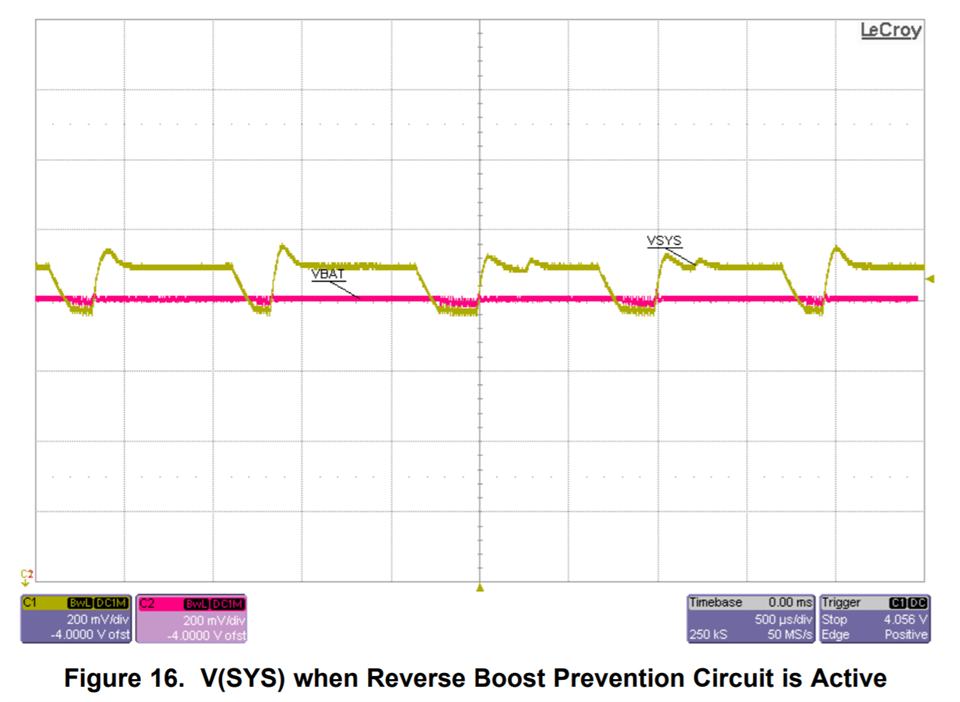Other Parts Discussed in Thread: BQ24160,
Hi,
Some times the charger IC oscillates between "Charging" and "In ready". I have not been able to replicate the issue - the video is from the field.
The video displays all status registers. The voltage reading is for SYS pin.
I am wondering what can cause this to happen? The status registers do not show any faults. The battery voltage is about 3.7V - so not full at all.
It seems like it is attempting to start charging, and then this is aborted.
When the battery has very low charge, the charger works - so this is anomaly occurs after a little while.
Having a detailed state diagram for when "In ready" is reported would be helpful in order to understand the stimuli which can cause "In ready" charger state to occur.
The external power supply has also been replaced to rule out this as the culprit.
When "In ready" the SYS voltage is 4.295V and when "Charging" it is 4.166V. There is no AD pin connected to battery pin for battery voltage reading. This is read through SYS when power supply is not connected.
Any help is much appreciated. Thanks.



